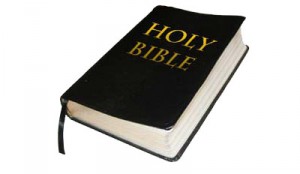 There is a real world out there which is more than my perspective on it. There is a child who is about to enter that world and who may be the one who is going to provide us all with an insight never before imagined. The genuine educator is one who makes that connection between each child and the world we live in, without pre-empting the possible result. Anything can happen when personhood meets the universe.”
There is a real world out there which is more than my perspective on it. There is a child who is about to enter that world and who may be the one who is going to provide us all with an insight never before imagined. The genuine educator is one who makes that connection between each child and the world we live in, without pre-empting the possible result. Anything can happen when personhood meets the universe.”
Hederman goes on to cite Martin Buber, the Jewish philosopher, that we only become persons by releasing ourselves from the solitary confinement of the womb and developing what Buber called an ‘I-Thou’ relationship with someone outside. “We extend ourselves into the surrounding orbit which makes up the space between us and other people.” This exodus is what we call ‘education’
I find this an inspiring description for it shows great respect for each child and states the wonder of what education is all about. It is an exploration of “the space between” which is a sacred space whose contours no educator should presume to dictate to any child. The implication is we explore together with great respect, teacher and student, the more experienced explorer with the beginner.
When the woman of Samaria met Jesus at Jacob’s well in Sychar such an exploration took place. Jesus started with a simple request for some water to drink. The woman, confused by the upset of custom, makes her initial response. A conversation develops in which, step by step, Jesus, the master educator, opens door after door for her to explore. The woman, who turns out to be a good student, goes through each door as it opens until she finds herself at her limits and says, “I am getting lots but I know that the Messiah, that is the Christ, is coming, and when he comes he will explain everything to us.” This response leads to the climax of the conversation when Jesus simply says, “I am he.”
It is a powerful example of a dialogue that explores “the space between”, which, as I say, is a sacred space a good teacher knows not to force his way into. He or she enters it respectfully sensing the child’s ability to follow.
It is how God deals with us all the time. He never intrudes and imposes on us more than we can take. But he does open doors – to joy and to suffering – that help us explore what it is to come to perfect personhood.
19 March 2017 Lent Sunday 3 A
Exodus 17:3-7 Romans 5:1…8 John 4:5-42
[1] Doctrine and Life, late 2016
Post published in: Faith

